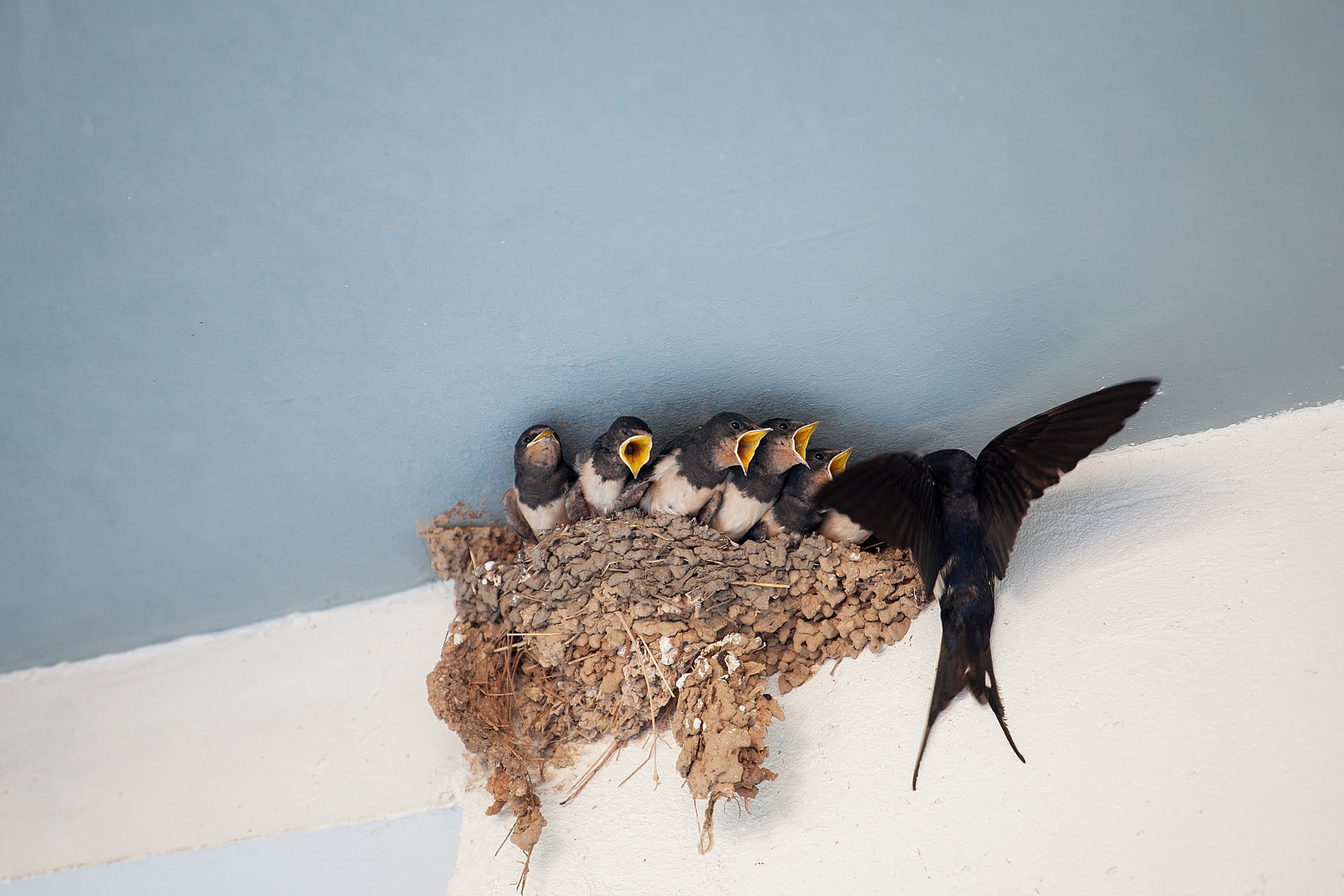

Articles
How To Keep Barn Swallows Off Porch
Modified: October 21, 2024
Looking for effective ways to keep barn swallows off your porch? Check out our informative articles for helpful tips and strategies to deter these birds and maintain a clean porch environment.
(Many of the links in this article redirect to a specific reviewed product. Your purchase of these products through affiliate links helps to generate commission for Storables.com, at no extra cost. Learn more)
Introduction
Barn swallows are a common sight in many areas, known for their distinctive appearance and graceful flight. While these birds are appreciated for their beauty, they can become problematic when they decide to nest on your porch. The constant chirping, droppings, and potential damage to property can quickly turn a pleasant outdoor space into an annoyance. If you’re dealing with barn swallows nesting on your porch, don’t worry – there are practical methods to keep them away while still respecting their habitat.
In this article, we will explore the behavior of barn swallows, explain why they are attracted to porches, and outline effective strategies to discourage them from choosing your porch as their nesting spot. By implementing these methods, you can regain control of your outdoor area and create a more enjoyable space for yourself and your family.
Understanding the habits and tendencies of barn swallows is essential to effectively deter them from your porch. These birds are migratory and travel long distances to breed during the spring and summer months. They are known for their mud nests, which they build on structures such as barns, eaves, and, unfortunately, porches. Barn swallows prefer open areas with easy access to resources like water and insects, making porches an attractive habitat for them.
Now that we have a better understanding of barn swallows’ behavior, let’s explore some methods you can use to keep them off your porch and preserve the harmony between humans and these beautiful creatures. Remember, it’s important to approach bird deterrence with care and compassion, as barn swallows are protected species in many regions. It is always best to seek non-harmful methods to discourage nesting on your porch.
Key Takeaways:
- Understanding Barn Swallows’ Behavior
Barn swallows are migratory birds attracted to porches for shelter and food. By comprehending their habits and implementing humane deterrents, you can discourage nesting while respecting their ecological role. - Effective Deterrent Methods
Utilize a multi-faceted approach to keep barn swallows off your porch, including removing nests, using visual deterrents, applying repellents, installing netting, and creating alternative nesting sites. Consistency and compassion are essential for successful bird management.
Understanding Barn Swallows
Barn swallows (Hirundo rustica) are small migratory birds that are found across much of North America, Europe, and Asia. They are characterized by their sleek and streamlined bodies, forked tails, and vibrant blue-black feathers on their backs. In flight, barn swallows showcase their impressive aerial acrobatics, darting and swooping through the sky with precision.
These birds are highly adaptable and can thrive in a variety of habitats, including open fields, rural areas, and even urban environments. They are known for their preference for open spaces near water, where they can find an abundant supply of flying insects, their primary food source.
Barn swallows typically mate for life and build their nests in colonies. Their nests are constructed using mud, which they gather and shape into a cup-like structure lined with feathers and grass. These nests are usually built on vertical surfaces, such as cliffs, barn walls, or the eaves of buildings. Unfortunately, porches provide an ideal nesting location for barn swallows, as they resemble the vertical structures they naturally gravitate towards.
During the breeding season, which can span from spring to summer, barn swallows engage in impressive courtship displays. Males perform aerial acrobatics while singing to attract a mate. Once a pair forms, they work together to build their nest and raise their young. Barn swallows typically lay 3-7 eggs, which they incubate for about two weeks. After hatching, the parents take turns feeding the chicks, who fledge and leave the nest after approximately three weeks.
It’s important to note that barn swallows are protected by both federal and state legislation in many regions due to their declining populations. Therefore, it is vital to exercise responsible bird management techniques and abide by local regulations when attempting to deter barn swallows from your porch.
Now that we have a deeper understanding of barn swallows’ behavior and habits, let’s explore why they are naturally attracted to nesting on porches and some effective methods to discourage them from choosing your porch as their breeding grounds.
Why Barn Swallows Nest on Porches
Porches can offer barn swallows an enticing environment for nesting due to several factors. Understanding these factors can help us develop effective strategies to deter barn swallows from choosing our porches as their nesting sites.
1. Shelter and Protection: Porches provide shelter from the elements, protecting the nesting birds and their eggs from rain, wind, and extreme temperatures. The roof overhang and solid structure of a porch mimic the natural cliff or cave environments that barn swallows prefer for nesting.
2. Easy Access to Resources: Barn swallows rely heavily on a diet of flying insects, such as flies, mosquitos, and beetles. Porches located near open fields, gardens, or bodies of water provide an abundant supply of insects, making it an attractive feeding ground for these birds. The availability of food in close proximity to the nesting site ensures easier access and efficient feeding for the barn swallows and their young.
3. Lack of Predation: Barn swallows choose safe nest sites to safeguard their eggs and chicks from predators. Porches, especially elevated ones, provide a higher level of safety from ground-dwelling predators like snakes and mammals. The overhead structure of a porch also offers some protection from aerial predators like hawks and owls.
4. Previous Successful Nests: Barn swallows have a strong fidelity to previous nesting sites. If a pair of barn swallows had a successful nesting season on a porch in the past, they are likely to return to that same location each year. This innate behavior makes it more challenging to deter them from nesting on the porch if they have established it as their preferred site.
While these factors make porches attractive to barn swallows, it’s important to find a balance that respects both the birds’ natural instincts and our desire to keep them off our porches to maintain a clean and safe environment.
In the next section, we will explore effective methods to discourage barn swallows from nesting on your porch. These methods focus on humane deterrents that aim to redirect the birds to more suitable nesting locations while preserving their ecological role and contributing to a harmonious coexistence.
Methods to Keep Barn Swallows Off Your Porch
When it comes to deterring barn swallows from nesting on your porch, it’s important to use methods that are effective, safe for both humans and birds, and comply with local regulations. Here are five proven strategies to keep barn swallows off your porch:
- Removing Nesting Materials: Regularly inspect your porch for any signs of barn swallow nests or nesting materials. Remove any mud nests that have already been constructed, as this will discourage the birds from returning. Be sure to complete this task during the non-breeding season to avoid damaging active nests or disturbing the birds and their chicks.
- Using Visual Deterrents: Barn swallows are sensitive to visual stimuli. Hang shiny objects, such as aluminum foil strips, reflective tape, or wind chimes, near the nesting areas or on your porch. The movement and reflections can deter the birds from approaching and nesting. Additionally, installing a scarecrow or owl decoy on your porch may also serve as a visual deterrent.
- Applying Repellents: There are non-toxic repellents available on the market that emit smells or tastes that barn swallows find undesirable. Apply these repellents near potential nesting sites or on surfaces where they have built nests before. Remember to carefully read and follow the instructions on the repellent packaging to ensure it is used correctly and safely.
- Installing Netting or Screens: Physical barriers such as netting or screens can be effective in preventing barn swallows from accessing your porch. Install fine mesh netting or screens around the porch area, making sure to cover all open spaces that the birds could enter. However, it’s essential to ensure that the netting or screens do not trap any birds accidentally.
- Creating Alternative Nesting Sites: Provide barn swallows with alternative nesting options by setting up specially designed barn swallow nesting boxes or platforms in nearby areas. These structures should closely resemble their natural nesting sites and be placed at a suitable height. By offering a more suitable nesting location, you can encourage the barn swallows to choose these alternatives instead of your porch.
Remember, it’s crucial to be patient and persistent when using these methods. Barn swallows can be persistent themselves, and it may take a combination of deterrents to achieve the desired results. Additionally, it’s important to note that removing nests with active eggs or chicks is generally not recommended, as disrupting the breeding cycle can be stressful for the birds and potentially violate wildlife protection laws.
By employing these methods consistently and responsibly, you can create an environment that discourages barn swallows from nesting on your porch while still respecting their natural behaviors and contributing to the overall well-being of these remarkable birds.
Removing Nesting Materials
One of the first steps in deterring barn swallows from nesting on your porch is to remove any existing nesting materials. Regularly inspect your porch to identify any signs of mud nests or nesting activities. It’s best to perform this task during the non-breeding season to avoid disturbing active nests or birds with eggs or chicks.
To remove nesting materials, gather the necessary tools such as gloves, a ladder (if needed), and a brush or broom. Carefully climb up to the porch and assess the areas where barn swallows have built their nests. Mud nests are typically located on vertical surfaces like ledges, beams, or the undersides of porch roofs.
Using gentle sweeping or brushing motions, carefully remove the mud nests from the surfaces. Take extra care not to damage the structure or inadvertently disturb any active nests. Place the removed nests in a sealed bag or container and dispose of them properly.
Removing the existing nests sends a signal to the barn swallows that your porch is not a suitable nesting location. It disrupts their established nesting site and encourages them to look for alternative options elsewhere. By staying vigilant and consistently removing any new nests that may appear, you increase the chances of discouraging barn swallows from choosing your porch as their nesting spot.
It’s important to note that removing nests with active eggs or chicks is generally not recommended. Disturbing the breeding cycle can cause stress to the birds and may also violate wildlife protection laws in some regions. If you suspect there are active nests, consult with local wildlife authorities or bird experts for guidance on the best course of action.
In combination with other deterrent measures, such as visual deterrents or providing alternative nesting sites, removing nesting materials can be an effective method to discourage barn swallows from nesting on your porch. Remember to maintain regular monitoring and removal to reinforce the message that your porch is not a suitable location for these birds to establish their nests.
Install a bird deterrent such as a bird net or bird spikes on your porch to keep barn swallows away. These physical barriers will prevent the birds from landing and nesting on your porch.
Read more: How To Keep Chickens Off Of Porch
Using Visual Deterrents
Visual deterrents are an effective and humane method to discourage barn swallows from nesting on your porch. These deterrents exploit the birds’ sensitivity to visual cues and create an environment that is less attractive for them to settle and build their nests.
Here are some visual deterrents you can use:
- Aluminum Foil Strips: Hang strips of aluminum foil near the nesting areas or around your porch. The reflective surface of the foil will catch the sunlight and create flashing movements, which can startle and discourage barn swallows from approaching. Ensure the strips are long enough to dangle and sway in the breeze for maximum effectiveness.
- Reflective Tape: Use reflective tape, such as holographic or metallic tape, and hang it in strategic locations on your porch. As with aluminum foil, the reflective nature of the tape will create visual disturbances as it captures and reflects sunlight. The erratic movements and shimmering light can deter barn swallows and make them think twice about approaching your porch.
- Wind Chimes: Install wind chimes with diverse shapes and materials on your porch. The gentle movement and chiming sounds produced by the wind chimes can create an unfamiliar and unpredictable atmosphere for the birds. The vibrations and noise may discourage them from settling and building their nests in close proximity.
- Scarecrow or Owl Decoy: Placing a scarecrow or owl decoy on your porch can be an excellent visual deterrent for barn swallows. As natural predators of birds, the presence of scarecrows or owl decoys can create an element of fear and danger for the barn swallows. Ensure the decoys are visible and move them occasionally to maintain their effectiveness.
When using visual deterrents, it’s essential to regularly change the location or configuration of the deterrents to prevent barn swallows from becoming accustomed to them. Barn swallows are intelligent and adaptable birds, and they may eventually ignore the deterrents if they remain in the same position for extended periods.
It’s worth mentioning that while visual deterrents can be effective, they may not provide foolproof protection on their own. For optimal results, consider combining visual deterrents with other methods, such as removing nesting materials or creating alternative nesting sites. This multi-faceted approach helps reinforce the message that your porch is not a suitable or safe place for barn swallows to establish their nests.
By using visual deterrents strategically, you can create an environment that discourages barn swallows from nesting on your porch and encourages them to find alternative locations that better meet their needs.
Applying Repellents
Applying bird repellents can be an effective method to deter barn swallows from nesting on your porch. These repellents work by emitting smells or tastes that are unpleasant to the birds, making your porch an unfavorable nesting site for them.
Here are some repellents you can consider using:
- Liquid Repellents: There are liquid repellents available on the market specifically formulated to deter barn swallows. These repellents often contain natural ingredients like garlic oil, peppermint oil, or citronella oil, which the birds find unpleasant. Follow the instructions provided by the manufacturer to mix and apply the repellent properly. Apply the liquid repellent to surfaces where barn swallows have built nests or around potential nesting areas. Reapply the repellent as recommended to ensure its effectiveness.
- Gel Repellents: Gel repellents are another option to consider. These gel-based products create an unpleasant texture or taste when birds come into contact with them. Apply the gel repellent to ledges, beams, or other surfaces where barn swallows are likely to land or build their nests. Ensure the gel is non-toxic and safe for both humans and birds. Regularly check and reapply the gel repellent as needed, as it may wear off over time or be weathered by rain.
- Ultrasonic Repellents: Ultrasonic repellents use high-frequency sound waves that are inaudible to humans but can be bothersome to birds. These devices emit sound frequencies that are known to deter and discourage barn swallows from nesting in the area. Install the ultrasonic repellent near your porch or in the vicinity of nesting sites. Make sure to follow the manufacturer’s instructions regarding placement and settings for optimal results.
When using repellents, it’s essential to carefully read and follow the instructions provided by the manufacturer. Ensure the repellent is specifically designed for use with birds and is safe for both humans and the environment. It’s always recommended to choose non-toxic repellents to avoid harm to the birds or unintended consequences.
Keep in mind that repellents should be used in conjunction with other methods, as no single deterrent can guarantee complete success. Combining repellents with strategies like removing nesting materials or creating alternative nesting sites can significantly increase the effectiveness of your efforts to keep barn swallows off your porch.
Remember to be consistent in the application and maintenance of repellents to reinforce the message that your porch is not a desirable place for barn swallows to nest. By using repellents responsibly and effectively, you can create an environment that encourages these birds to seek alternative nesting locations.
Installing Netting or Screens
Installing netting or screens is a physical barrier method that can effectively prevent barn swallows from accessing and nesting on your porch. By creating a physical barrier, you can make your porch less appealing and accessible to these birds.
Here’s how you can install netting or screens:
- Select the Right Material: Choose a fine mesh netting or screens specifically designed to keep birds out. Opt for materials that are durable, weather-resistant, and carefully constructed to prevent birds from getting entangled in them.
- Cover Open Spaces: Inspect your porch for any openings or gaps where barn swallows can enter. This includes any gaps in the roof, eaves, or under the porch ceiling. Measure the dimensions of these openings and obtain netting or screens that can cover them completely.
- Secure the Netting or Screens: Attach the netting or screens securely to the porch structure using staples, zip ties, or other suitable fasteners. Ensure that the netting is taut and free from any loose areas where birds could potentially enter. Be careful not to damage the porch structure while installing the netting or screens.
- Regular Maintenance: Regularly inspect the netting or screens to ensure they are intact and properly secured. Repair or replace any damaged sections promptly to maintain their effectiveness. It’s also important to check for any nesting materials that birds may attempt to build on or around the netting or screens. Remove such materials promptly to discourage birds from persisting in their nesting attempts.
When installing netting or screens, it’s crucial to ensure that no birds are inadvertently trapped or harmed. Regularly check for any signs of entangled birds or nests caught in the netting or screens and take immediate action to release them safely.
Installing netting or screens can be an effective long-term solution to keeping barn swallows off your porch. However, it’s important to remember that this method may not be suitable for all porch designs or situations. Consider consulting with a professional or researching specific guidelines for installing netting or screens based on your porch structure and local regulations.
By implementing netting or screens properly and maintaining them regularly, you can create a physical barrier that makes your porch less accessible to barn swallows, encouraging them to seek alternative nesting sites.
Creating Alternative Nesting Sites
Creating alternative nesting sites for barn swallows is a proactive and compassionate approach to deterring them from nesting on your porch. By providing suitable nesting options nearby, you can redirect the birds to more appropriate locations while still respecting their natural nesting instincts.
Here are some strategies to consider when creating alternative nesting sites:
- Barn Swallow Nesting Boxes: Install barn swallow nesting boxes in your yard or in nearby areas. These specifically designed boxes closely resemble natural nest sites for barn swallows. Place the nesting boxes at an appropriate height (usually around 10-15 feet) and facing an open area away from direct sunlight and prevailing winds. Research the dimensions and specifications recommended for barn swallow nesting boxes to increase the chances of attracting these birds.
- Nesting Platforms: Construct nesting platforms that mimic the characteristics of barn swallow nests. Use materials such as untreated wood or plywood to create a flat surface with a shallow lip or edge to prevent eggs or chicks from rolling off. Mount the nesting platforms under the eaves of a nearby building or on other suitable structures to provide barn swallows with alternative nesting options.
- Maintain Suitable Habitats: Encourage barn swallows to seek alternative nesting sites by maintaining an inviting environment. Plant native trees and shrubs that attract insects, providing a natural food source for the birds. Install bird baths or small water features to ensure a nearby water source. Creating an ecosystem that supports barn swallows can increase the chances of them choosing alternative nesting locations over your porch.
When creating alternative nesting sites, it’s important to monitor the sites regularly to ensure they remain suitable and safe for the barn swallows. Regularly clean the nesting boxes or platforms between seasons to remove any debris or parasites that could deter the birds from using them.
Remember to be patient when establishing alternative nesting sites. It may take time for barn swallows to discover and trust these new locations. By providing a welcoming habitat and suitable nesting options, you increase the likelihood of redirecting the birds away from your porch while still providing them with suitable places to raise their young.
Using a combination of methods, such as creating alternative nesting sites along with other deterrents, can significantly improve your chances of successfully keeping barn swallows off your porch, promoting coexistence with these beautiful birds in a harmonious manner.
Read more: How To Keep Dogs Off Porch
Conclusion
Dealing with barn swallows nesting on your porch can be a frustrating experience, but it’s important to handle the situation responsibly and compassionately. By understanding the behavior of barn swallows and implementing effective strategies, you can discourage them from choosing your porch as their nesting site while still respecting their natural instincts.
Methods such as removing nesting materials, using visual deterrents, applying repellents, installing netting or screens, and creating alternative nesting sites can all contribute to keeping barn swallows off your porch. Remember to approach bird management with care, ensuring the methods you choose are safe for both the birds and the environment.
It’s crucial to maintain a balance between discouraging barn swallows from nesting on your porch and respecting their protected status. Always check local regulations and seek guidance from wildlife authorities or bird experts to ensure that your actions align with legal and ethical considerations.
By implementing a combination of these methods and maintaining consistency, you can reclaim your porch as a peaceful and enjoyable space while fostering coexistence with barn swallows. Ultimately, creating a harmonious environment that meets the needs of both humans and birds is the key to finding a resolution that benefits everyone involved.
Remember, patience is key during this process. It may take time to effectively deter barn swallows from nesting on your porch. Stay persistent, remain respectful towards these fascinating creatures, and adapt your approach as necessary. With determination and a considerate approach, you can successfully discourage barn swallows from nesting on your porch and enjoy an outdoor space free from the nuisances associated with their presence.
Now that you've got some great strategies for keeping barn swallows at bay, why not give your whole home a bit of attention? If maintaining a house feels overwhelming, our next read simplifies everything. Dive into practical advice on routine upkeep and seasonal checks that ensure your dwelling remains in tip-top shape all year round. Maintaining a home doesn’t have to be a chore – let us show you how to tackle it with ease!
Frequently Asked Questions about How To Keep Barn Swallows Off Porch
Was this page helpful?
At Storables.com, we guarantee accurate and reliable information. Our content, validated by Expert Board Contributors, is crafted following stringent Editorial Policies. We're committed to providing you with well-researched, expert-backed insights for all your informational needs.

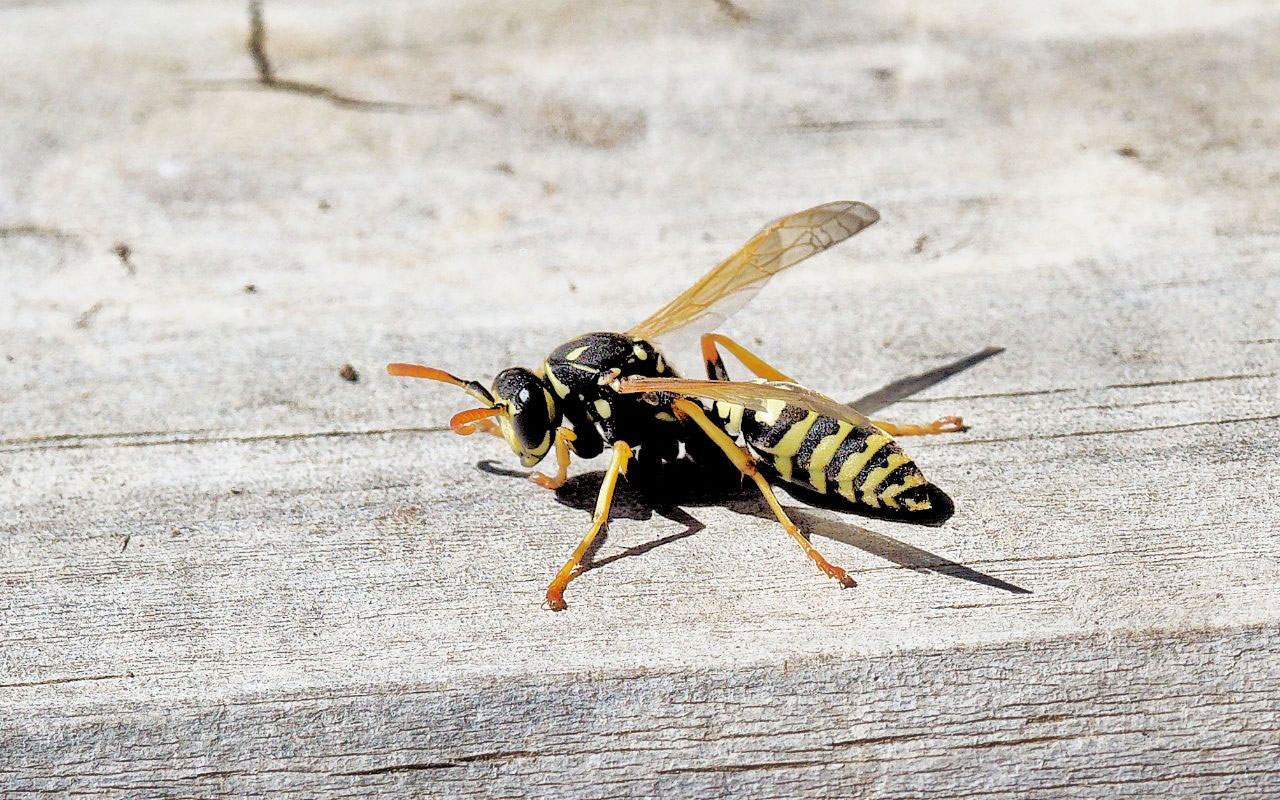

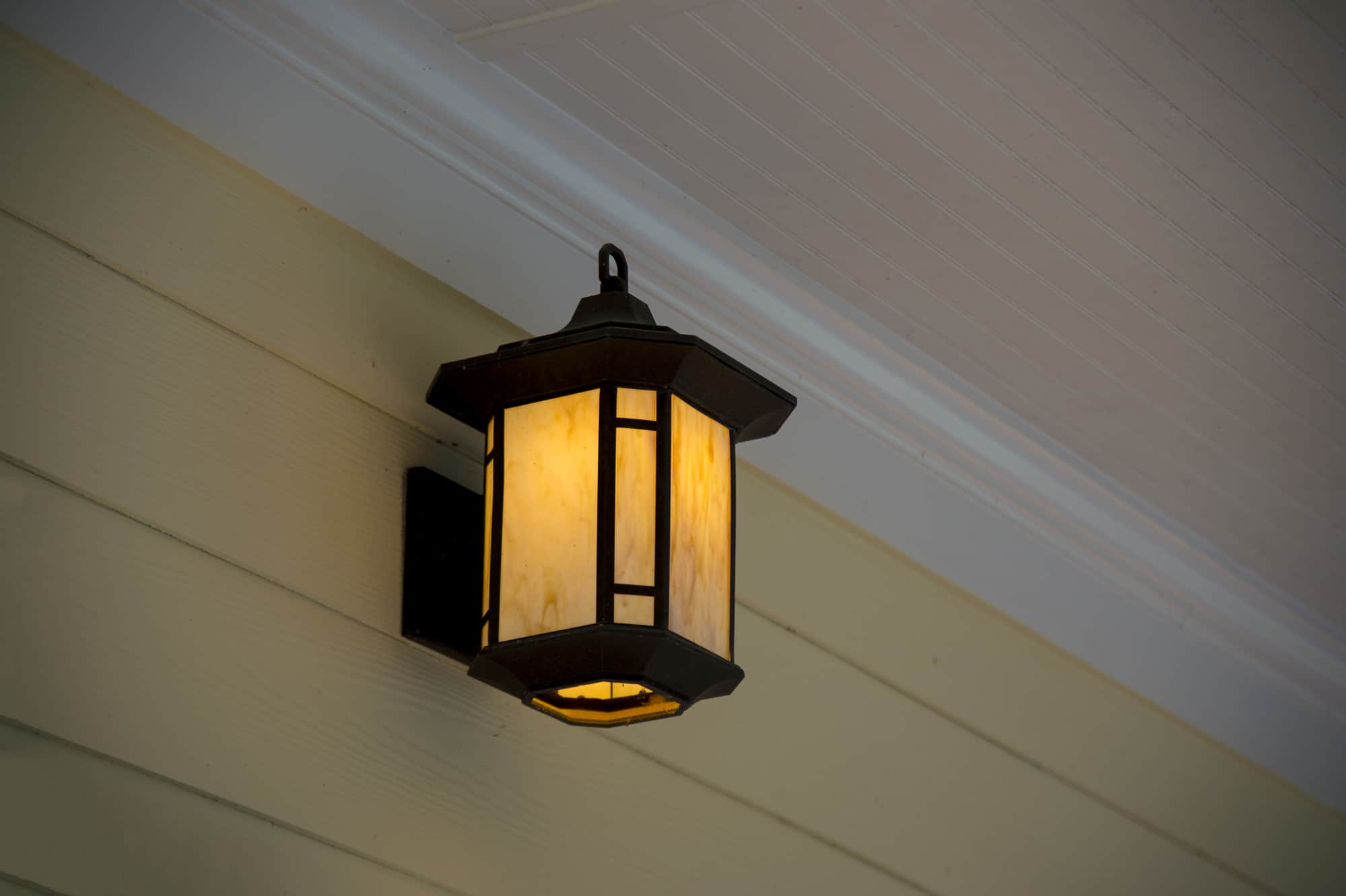
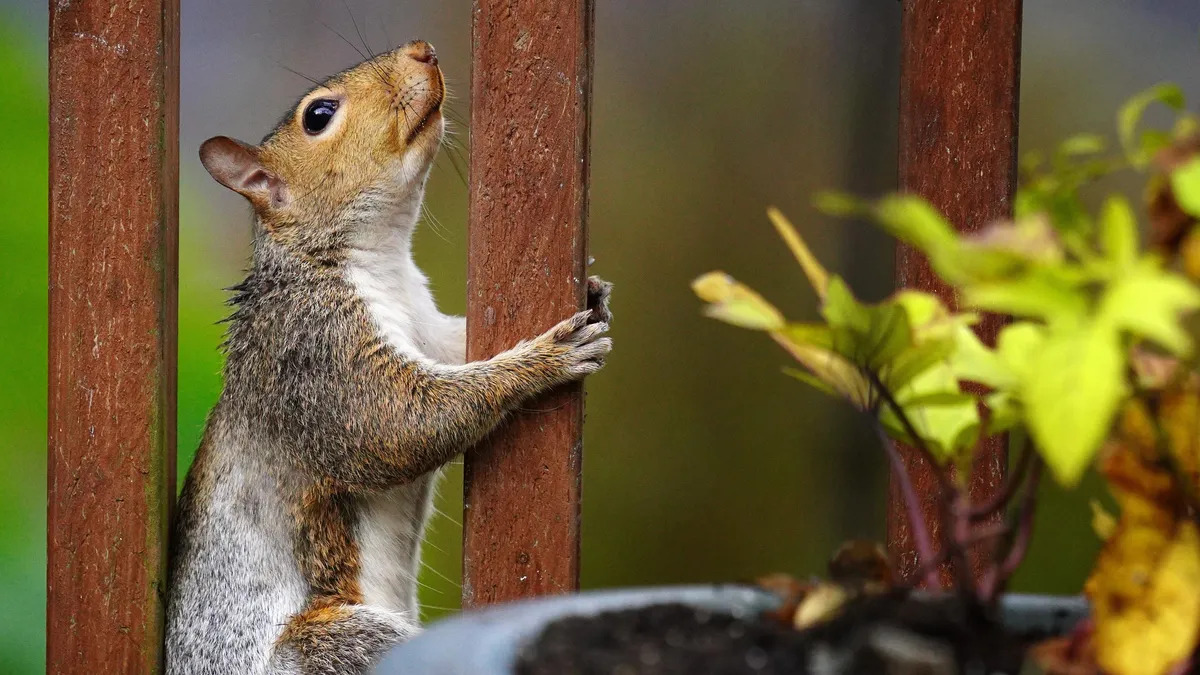
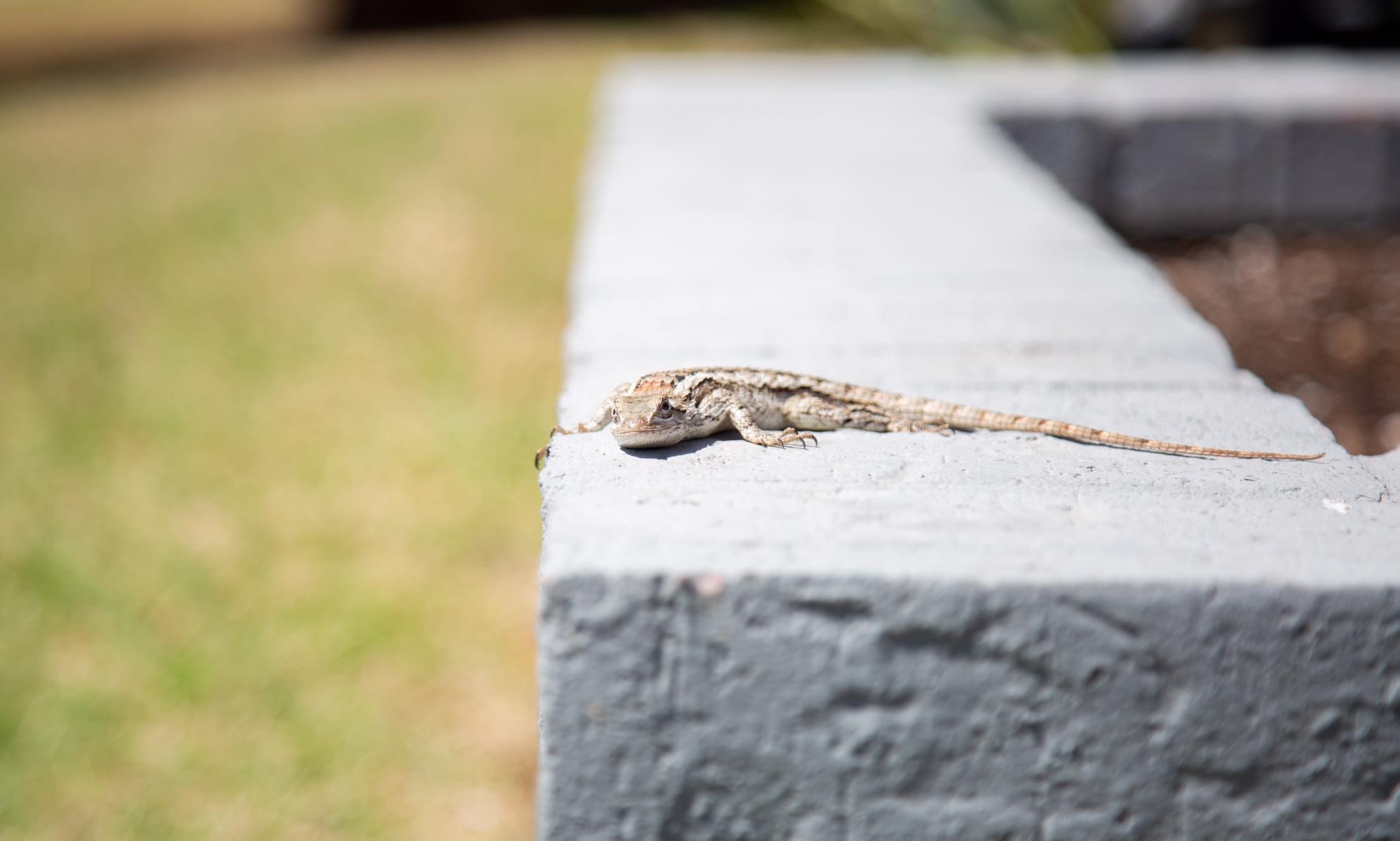
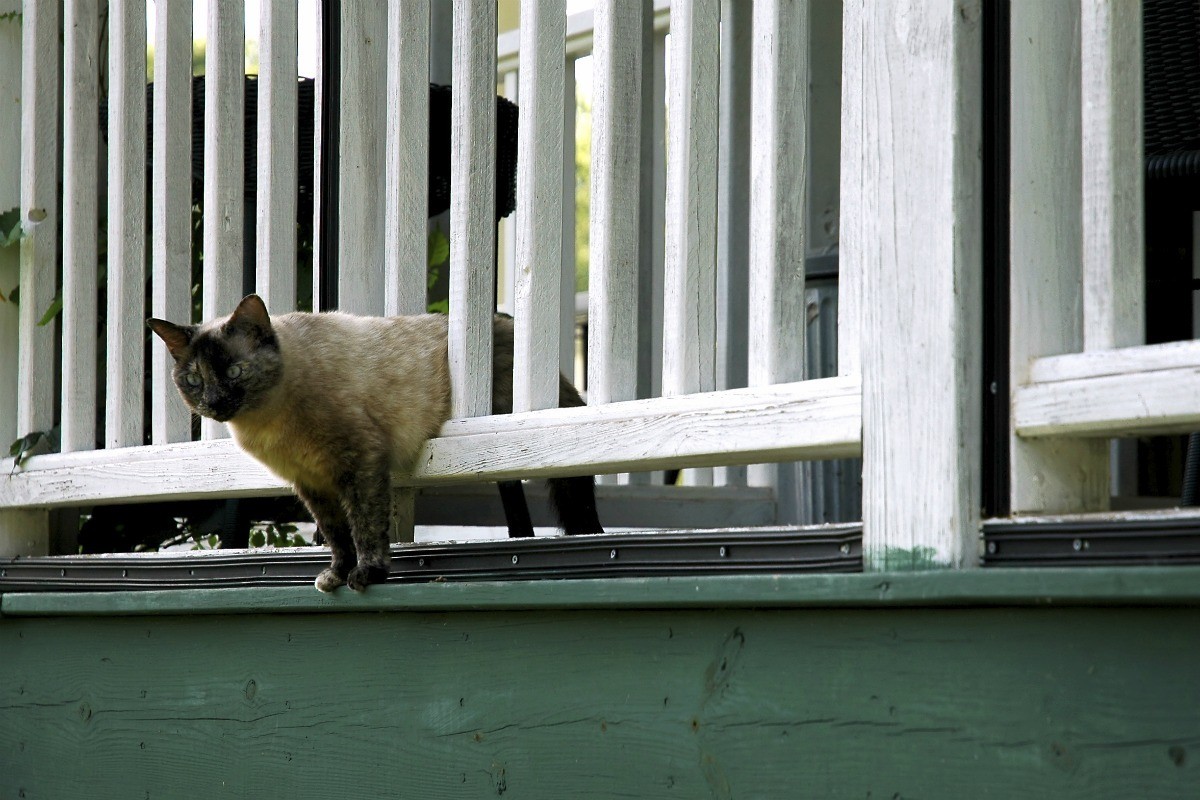


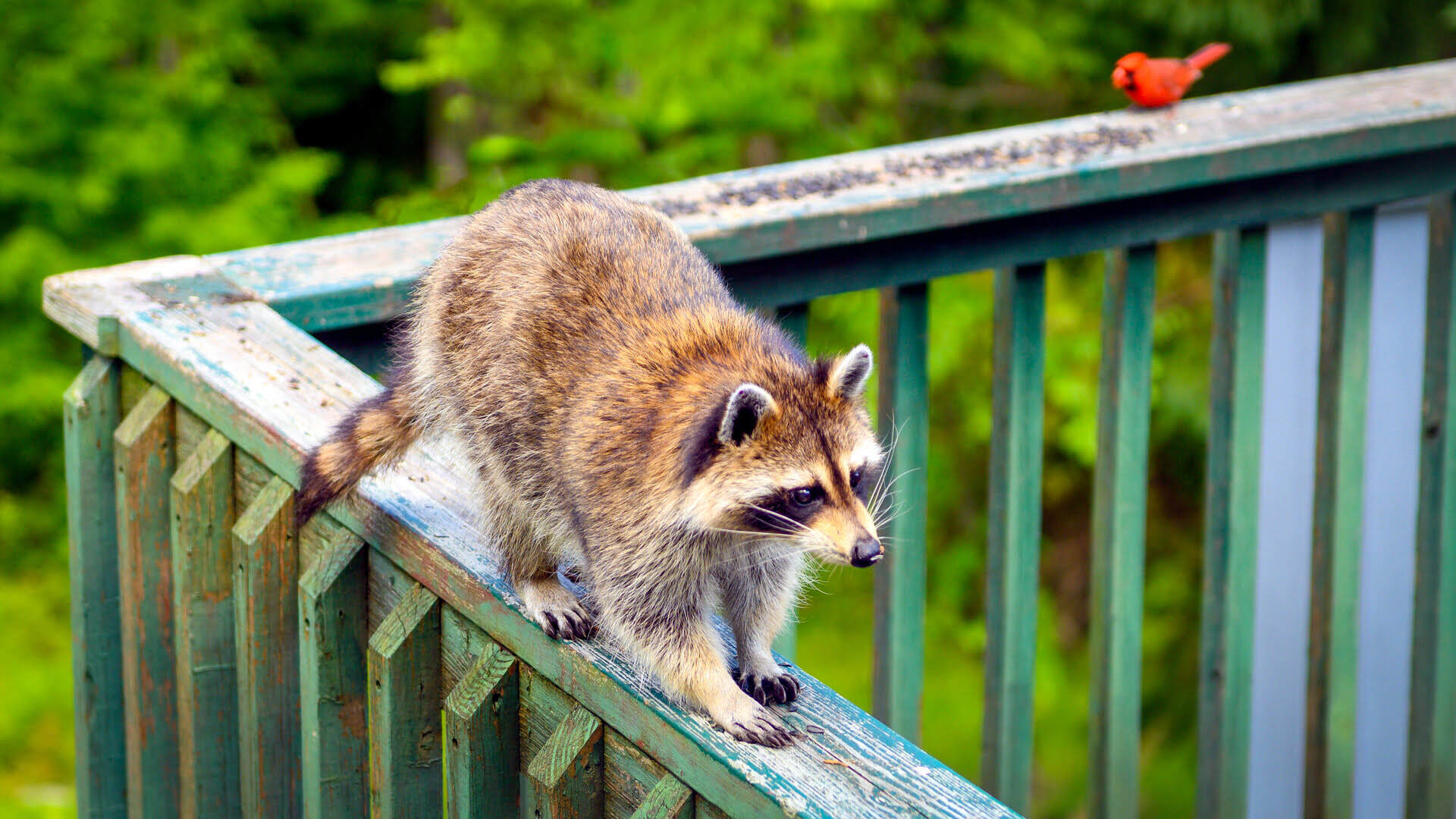

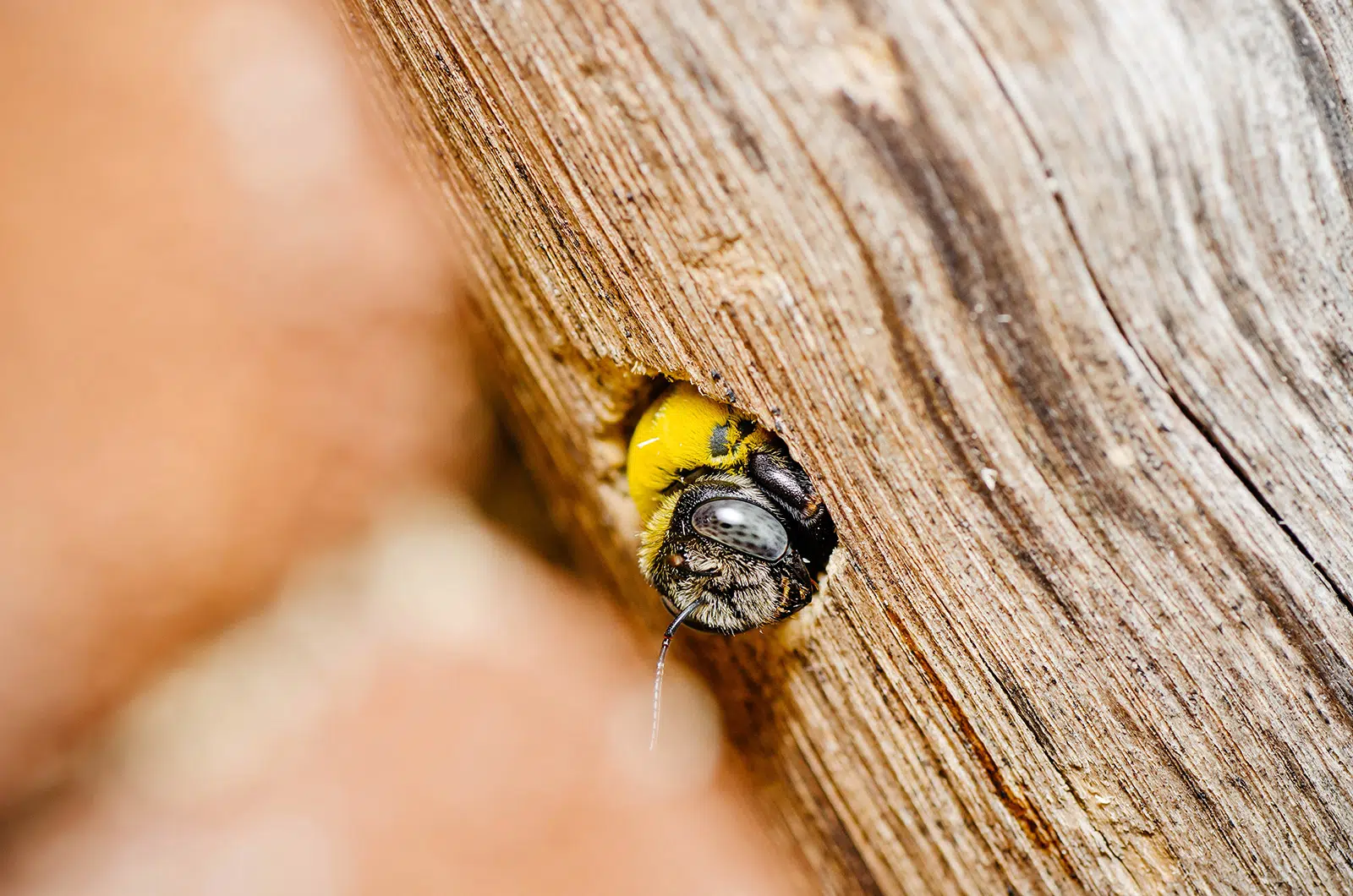


0 thoughts on “How To Keep Barn Swallows Off Porch”